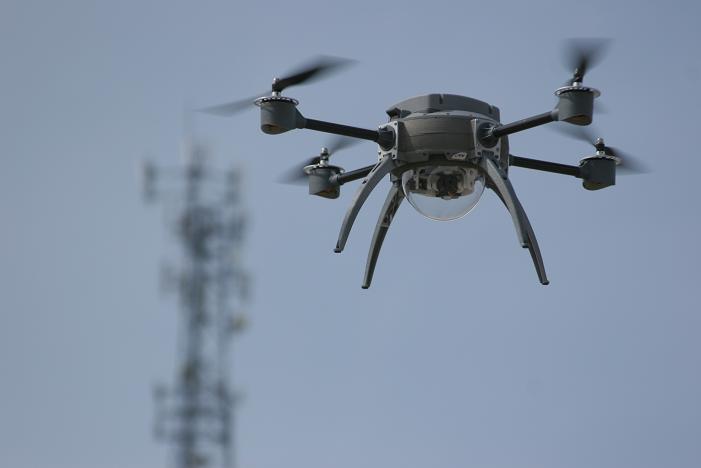After a long wait, the Federal Aviation Administration has finally revealed its regulations on recreational remote operated drones. Under the new rules, starting December 21st all unmanned aircraft systems between 0.55 and 55 pounds must be registered via the FAA’s website. Individuals who purchased their drones prior to the 21st will have a 60 day period to get on board.
The cost for registration is $5 and will have to be renewed every 3 years, but the fee will be waived for the first 30 days of the program in an attempt to encourage participation. The penalty for failing to register? Hefty civil and criminal penalties (up to $27,500 and $250,000, respectively) as well as the threat of three years imprisonment.
Scary stuff, which the FAA claims is essential in sending a strong message and combating reported interference by drones in civilian aviation. They’ve defended their stance, and so far hand-waved criticism that the regulations may do little to discourage nefarious intent, and will only serve as an unnecessary hurdle for people who are just enthusiastic about operating their drones. An examination of the regulations however, which can be found here, leaves questions, concerns, and a more than a bit to be desired.
First, creating a large database like the one the FAA is proposing comes with a number of challenges. Chief among them, the cost of creating and maintaining such a database. The FAA says that the registration fee is based on the estimated costs of the endeavor (about $56 million through 2020) but also says that they will adjust the fee to reflect the actual costs. Any bets on whether that number will go down, or up?
What exactly is the problem being solved here? The FAA is concerned about safety (a fair point), specifically since UAS ownership is expected to spike during the holiday season. They cite what they say are ever increasing reports of drones flying too close to airports and civil aircraft, or unexpectedly crashing. The number of actual crashes to date in 2015 has been 29, compared to 14 in 2014. Not exactly mind-blowing numbers. Even if their grousing about safety concerns is true though, that still leaves a more pressing question: what, precisely, does registration do to curtail the issue? The FAA delivers this gem in their FAQ:
“A registration requirement encourages a culture of accountability and responsibility. Much like registering a motor vehicle, registering a drone ties a specific person to a specific aircraft. Greater accountability will help protect innovation, which is in danger of being undermined by reckless behavior. This requirement mirrors the requirement for manned operations and commercial UAS operations.”
In addition to being obviously nonsensical government-speak, this answer fails to address how registration will suddenly create accountability. The comparison to motor vehicles is laughable. Has registration and threat of punishment stopped speeding, road rage, drunk driving, or plain-old incompetence on the road? Is the level of accountability the FAA wants to achieve the more than 30,000 annual deaths that occur while driving?
The FAA emphasizes that the intent is to connect drones to their owners to increase responsibility, but if that were true then why allow for the registration of multiple drones under one number, and then allow the borrowing of the registration papers by others, essentially permitting the use of any number of drones by any number of people? In addition, the responsibility of marking each drone currently falls to the owner. What’s to stop them from simply not complying?
The final slap in the face comes from the FAA’s plan to enforce these regulations. From the horse’s mouth:
“Although no system or requirement is 100 percent effective against people intent on doing harm, registration heightens public awareness about what safe UAS operations look like. In addition, registration establishes a shared understanding that operating this type of aircraft for business or pleasure comes with certain responsibilities and expectations and that the public will be watching for and reporting bad actors, just as they do today for other safety and security-related concerns. Registration also enables us to educate UAS owners on safe operations.”
That’s right, they want citizens to dime on each other. More ineffectual, post-9/11, “See Something, Say Something” trite that government uses to do as little as possible while still purporting to enact meaningful change. To be fair, the FAA has done a great deal to promote safety in aviation over the years. These regulations, however, seem at best as if they were hastily slapped together so that the FAA could claim they did something about a an exaggerated problem, and at worst a deliberate (but ill-conceived) attempt to hassle individuals and empty their pockets with fees and fines.

